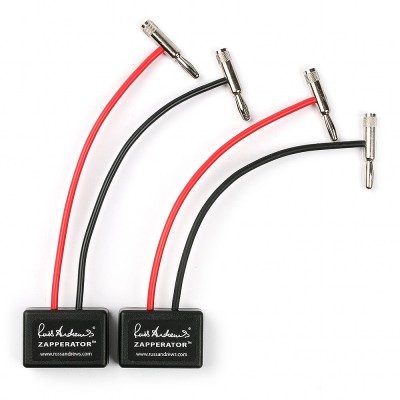
It’s a common question: “I can use both coax and optical on my equipment: which is the best?”. Sadly, there is no definitive answer but here are some points worth considering...
Arguably, on very long lengths, optical may be preferable.
Likewise, on very short lengths, coaxial may be more robust.
Optical has the advantage of being less susceptible to RFI and EMI interference and can also be a good option if you have ground loop hum with a coax in place (the lack of ground on the optical cable can break this loop and solve the problem).
On the other hand, there is a greater degree of choice when it comes to coaxial, which, again, will alter performance.
Coax can also carry a wider bandwidth too; optical is usually restricted to 96kHz whereas coaxial can support digital audio data up to 192kHz. This is worth keeping in mind if you intend to stream Hi-Res digital music.
Anecdotally, general opinion tends to fall down on the side of coax, especially when transferring high-res digital audio data, but the answer is by no means cut and dried.
In the final analysis, both types are highly effective transmitters of digital audio data so the answer tends to lie more at the hands of the specific components being connected rather than the cable connecting them.
In terms of sound quality, it really does come down to the individual component you are connecting and which outputs/inputs perform the best in your situation, so it may even be worth having a word with the manufacturer(s) to get their opinion on which is best – that, at least, will give you a starting point.
Ultimately, though, it will come down to your preference and remember that our 60-day trial period does give you the option to try both at the same time.
See our digital audio cable range
You may also be interested in:
What are digital audio cables?
Find out about S/PDIF
What is Toslink?
What are AES/EBU digital cables?






















